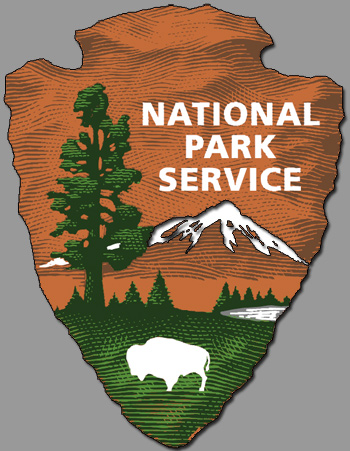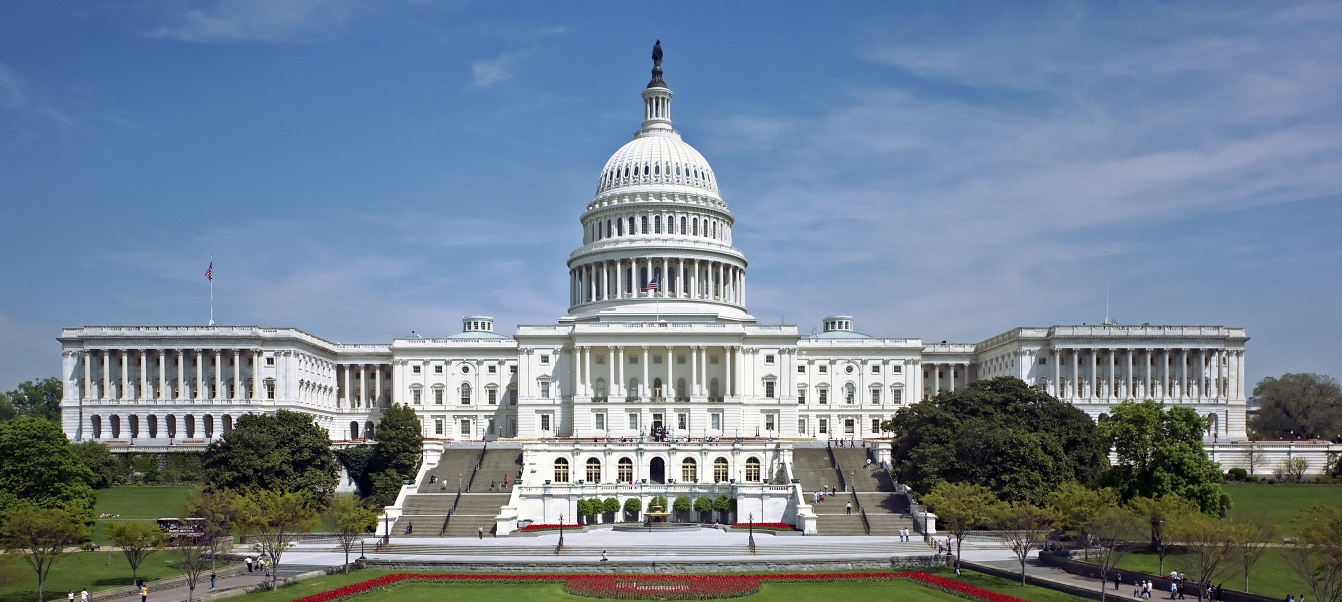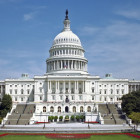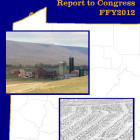Tuesday, February 26, was the day the rubber literally hit the road! In fact, using a pedometer, one of the participants in “Day on the Hill” in Washington, D.C. determined that Pennsylvania’s two teams each walked about 5 miles in their efforts to deliver Pennsylvania’s preservation message to members of our Congressional delegation!
This annual Day on the Hill, jointly sponsored by the National Conference of State Historic Preservation Officers, Preservation Action, the National Alliance of Preservation Commissions and the National Trust for Historic Preservation, provides information about key historic preservation issues to members of Congress. Pennsylvania’s hard working team included Jim Vaughan, Executive Director of the PA Historical & Museum Commission and Pennsylvania SHPO; Jean Cutler, Director of the Bureau for Historic Preservation and Deputy SHPO; Jennifer Horn, Preservation PA; Roy Smith and Peter Benton (wearing a couple of hats, including Preservation Action); Dan Holland, community preservation activist from Pittsburgh; Brenda Barrett, Editor, Living Landscape Observer; and, Rebecca Kinsley, graduate student in Historic Preservation at Columbia University.
Annual Report to Congress
Preparing for the Day on the Hill puts a spotlight on the SHPO’s Cultural Resources Geographic Information Systems Section (CRGIS). CRGIS staff is responsible for aggregating data about SHPO activities for the previous year so that Pennsylvania’s historic preservation advocates (see above!) calling upon the Pennsylvania Congressional delegation in their DC offices, will have concrete data to illustrate SHPO accomplishments during the previous Federal Fiscal Year.
These are pretty spiffy reports. They get dressed up with illustrative photographs and bound in a notebook so they can be left behind and used (hopefully!) for reference by Congressional staff.
In addition to sharing Pennsylvania-specific information with each individual Pennsylvania member of Congress, we are tasked by “Day on the Hill” sponsors to deliver some broader messages. Not to be too terribly self-serving, my priority message focused on the request for a modest increase in funding for State Historic Preservation Officers. This year, we requested $50 million (as compared to $46.925 million last year) to carry out the requirements of the National Historic Preservation Act.
Historic Tax Credits
We also took a big bow for being responsible for 90% of the work involved in administering the Federal Rehabilitation Tax Credit program. Since the tax credit program is one of our strongest historic preservation tools that can be engaged for economic development, we had a few things to say about it, as well!
As you know, Congress is examining ways to improve the nation’s tax code. With this in mind, our message was, “please don’t eliminate the rehabilitation tax credit program.” We suggested that this mood for change offered a crucial opportunity to modernize the Historic Tax Credit program so that it can function better in a dynamic economy and better serve the needs of both large and small communities.
To that end, we informed members of our Congressional delegation about the pending introduction of the Creating American Prosperity through Preservation Act (CAPP). This new legislation will enhance the historic tax credit’s already impressive track record and provide: additional jobs and economic development to “Main Street” town and rural communities; eliminate federal taxation on state historic tax credit proceeds; encourage energy efficiency in historic rehabilitation, facilitate economic development by nonprofit and government agencies and in low-income areas; and, expand the number of buildings eligible for rehabilitation.
National Heritage Area Program
 Finally, even though advocates for National Heritage Area Program had made visits the previous week, we affirmed the needs of this program and requested support for H.R. 445, a bill to establish a permanent program for National Heritage Areas within the National Park System. Our own Congressman Dent (representing the Lehigh Valley area) helped to introduce the bill which has bipartisan support, although co-sponsors are still being sought.
Finally, even though advocates for National Heritage Area Program had made visits the previous week, we affirmed the needs of this program and requested support for H.R. 445, a bill to establish a permanent program for National Heritage Areas within the National Park System. Our own Congressman Dent (representing the Lehigh Valley area) helped to introduce the bill which has bipartisan support, although co-sponsors are still being sought.
Our discussion included a reminder about the vital role historic preservation plays in communities across the Commonwealth of Pennsylvania in terms of safeguarding unique heritage assets that are significant tourism draws.
Historic Preservation Caucus
We discussed the benefits of membership in the Historic Preservation Caucus. We thanked those members who are currently members (Jim Gerlach, Mike Doyle, and Allyson Schwartz) and invited those who were not, to join. The Caucus brings together members of Congress who understand the under-appreciated potential of America’s historic places. They know that the value of these places, not solely for what they teach us about our history, but also, in the ways they promise economic vitality and quality of life. Members of the Caucus join together to support and encourage the preservation and thoughtful development of historic places in their districts and around the state. The Caucus serves as a clearinghouse for members seeking information and sharing ideas and supporting legislative and budget matters as they pertain to national, state, and local issues and opportunities in historic preservation.
Other Preservation Advocacy
The Day on the Hill is just one part of a larger agenda for a three-day conference sponsored by the Preservation Partners. During the conference, participants also get an update of what some of the federal agencies are doing to improve the administration and positive outcomes intended by the National Historic Preservation Act including:
- The Federal Highway Administration and state and local transportation agencies are working hard to deliver projects more quickly and efficiently, and for less cost. One way to achieve these efficiencies is to streamline compliance with Section 106 of the National Historic Preservation Act. The streamlining practices identified in the report and detailed in the case studies have the added benefit of improving stewardship through early consideration of historic preservation factors in planning and project development.
- The National Park Service (NPS) Associate Director for Cultural Resources, Stephanie Toothman, Ph.D., spoke about providing stronger leadership, upgrading GIS capacity; completing digitization of National Register nominations; and, in my opinion, most importantly, recommitting to the full mission of the NPS to support its external partners and advocate for the Historic Preservation Fund. She also spoke passionately about the need for NPS programs to fully embrace and reflect the diversity of the American experience. Jon Smith, Assistant Associate Director, Heritage Preservation Assistance Programs, discussed NPS plans to: reinstitute regional meetings with SHPOs; develop a Youth Summit in Indiannapolis with a focus on the Underground Railroad; and, review and evaluate the Certified Local Government program.
Since this was my last National Conference of State Historic Preservation Officers, it gave me pause to reflect on our historic preservation advocacy efforts with members of Congress, going forward. For the past twelve years, after every Day on the Hill activity, the Pennsylvania Team has always discussed the importance of meeting with our Congressional leaders and their staff in their home districts. Somehow, once we returned to Pennsylvania, there were too many distractions to follow-through on this suggestion. With a new SHPO on board at the PHMC who is interested in strengthening and promoting the Commission’s historic preservation programs and who supports the activities of Pennsylvania’s Preservation Partners, 2014 may be a great time to launch visits to and establish relationships with the local Congressional offices. If you would like to be involved in planning and visiting, please get in touch by responding to mail@pahistoricpreservation.com



Leave a Reply